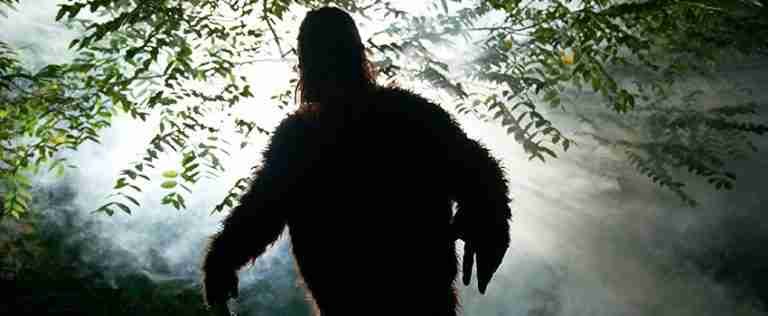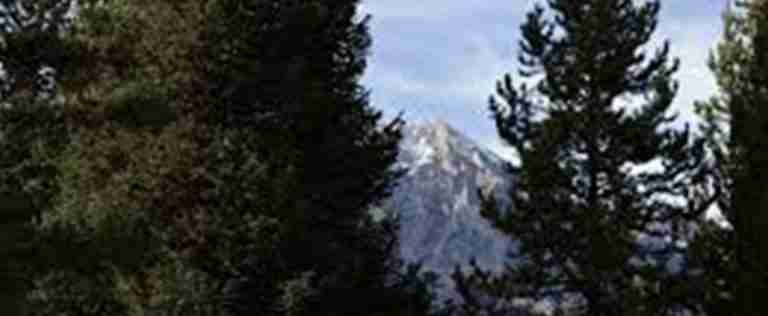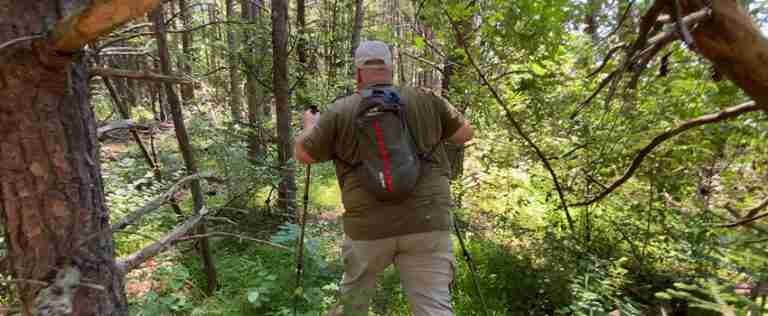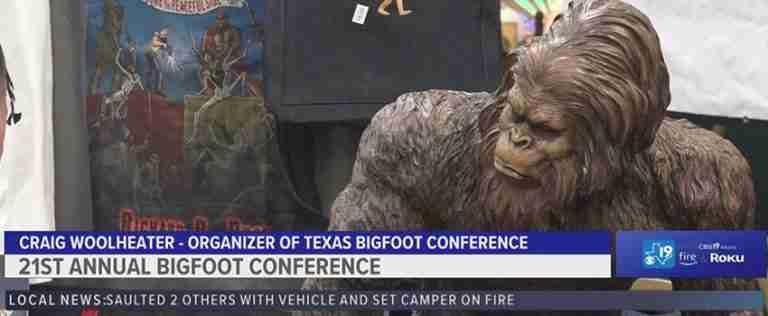The History and Mystery of Bigfoot: A Timeline of Reported Encounters
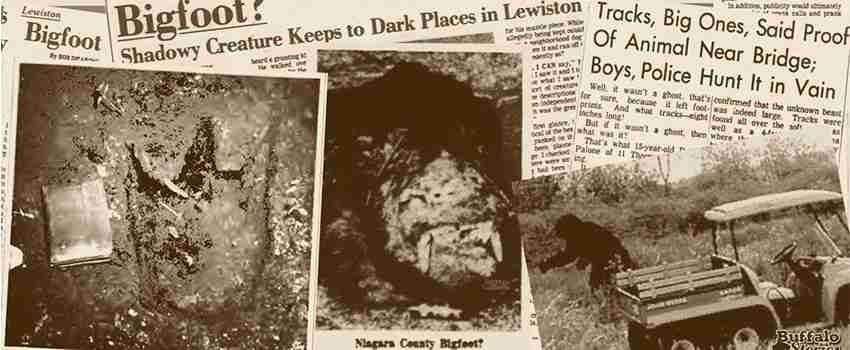
Bigfoot, also known as Sasquatch, is a mythical creature that is believed to inhabit forests in the Pacific Northwest region of North America. The creature is described as a large, ape-like being with a strong, musky smell and long, shaggy fur. Bigfoot has captured the imagination of people for decades due to the numerous sightings and encounters that have been reported over the years, as well as the enduring mystery surrounding the creature’s existence.
The history of Bigfoot sightings dates back to the 1800s, when indigenous tribes in the Pacific Northwest region of North America told stories about a giant, ape-like creature that lived in the forests. In the 1900s, the first modern sightings of Bigfoot were reported, with people describing encounters with a large, humanoid creature with long arms and a distinctive smell. These sightings continued throughout the 20th century, with reports coming from all over the United States and Canada.
There are many theories about the existence of Bigfoot and what it might be. Some people believe that Bigfoot is a type of undiscovered primate, while others think it could be a surviving member of an ancient human species. Some researchers have even suggested that Bigfoot might be an extraterrestrial being that has visited Earth. Despite the numerous theories and the many reported sightings, there is still no concrete evidence to prove the existence of Bigfoot.
Despite the lack of concrete evidence, the mystery surrounding Bigfoot has continued to captivate the imaginations of people around the world. Whether it is the thrill of the unknown or the possibility of discovering a new and exciting species, the search for Bigfoot continues to captivate the public’s attention and fuel the enduring legend of this mysterious creature.
Early Sightings
The earliest recorded sightings of Bigfoot date back to the 1800s and 1900s. Indigenous tribes in the Pacific Northwest region of North America, including the Haida, Tlingit, and Kwakiutl, told stories about a giant, ape-like creature called the Sasquatch or Hairy Man. These stories described the creature as being large and powerful, with long arms and a distinctive musky smell.
In the 1900s, the first modern sightings of Bigfoot were reported. One of the most famous accounts is the story of Albert Ostman, who claimed to have been abducted by a group of Bigfoot creatures in 1924. Ostman described the creatures as being around seven feet tall, with long arms and shaggy fur. He said that they had a strong, musky smell and made a variety of noises, including whoops and shrieks.
Other early Bigfoot sightings from this time period include the report of a group of prospectors who claimed to have seen a Bigfoot creature in the Cascade Mountains in 1924, and the account of a trapper named Fred Beck who claimed to have encountered a Bigfoot in the mountains of Washington state in 1924.
These early sightings of Bigfoot were often reported in local newspapers and circulated through word of mouth, but they did not receive widespread attention until the 1960s, when the Patterson-Gimlin film brought the legend of Bigfoot into the mainstream. Despite the lack of concrete evidence, these early sightings continue to fuel the enduring mystery and fascination with the legendary creature.
The Patterson-Gimlin Film
The Patterson-Gimlin film, also known as the “Bigfoot film,” is a piece of footage taken in 1967 that is considered one of the most famous pieces of evidence for the existence of Bigfoot. The film was taken by Roger Patterson and Bob Gimlin in Bluff Creek, California, and shows a large, ape-like creature walking through a clearing in the woods. The creature, which has come to be known as “Patty,” appears to be covered in long, shaggy fur and has a distinctive gait.
The Patterson-Gimlin film had a significant impact on the Bigfoot legend and brought the creature into the mainstream. It was widely reported in the media and sparked a renewed interest in Bigfoot research. Many people believed that the film provided concrete evidence of the creature’s existence, and it became one of the most famous pieces of Bigfoot evidence.
However, the film has also been the subject of controversy and skepticism. Some people have claimed that the footage is a hoax and that the creature in the film is a man in a costume. Others have suggested that the film could be genuine but that it shows an unknown species of primate rather than Bigfoot. Despite the controversy, the Patterson-Gimlin film remains an important piece of evidence in the debate over the existence of Bigfoot.
Modern Sightings
In the 1970s and 1980s, there was a significant increase in Bigfoot sightings and the popularization of the creature in popular culture. This was due in part to the widespread attention that the Patterson-Gimlin film received, as well as the many books, documentaries, and television shows that were produced about Bigfoot. The creature became a popular subject of fascination and speculation, with many people searching for evidence of its existence in the forests of the Pacific Northwest.
In order to try to find evidence of Bigfoot, researchers and enthusiasts used a variety of methods. These included collecting hair samples and other physical evidence, such as footprints and scat, and using thermal imaging cameras and other advanced technology to try to detect the creature. Many people also searched for Bigfoot using more traditional methods, such as following tracks and calling out to the creature in the hopes of eliciting a response.
Despite the many reported sightings and the efforts to find evidence of Bigfoot, the creature remains a mystery. Some researchers believe that there is enough evidence to suggest that Bigfoot is a real, unknown species of primate, while others remain skeptical and believe that the sightings and evidence could be explained by other factors. The debate over the existence of Bigfoot continues to this day.
Conclusion: The History and Mystery of Bigfoot: A Timeline of Reported Encounters
The history of Bigfoot sightings dates back to the 1800s, when indigenous tribes in the Pacific Northwest region of North America told stories about a giant, ape-like creature called the Sasquatch or Hairy Man. In the 1900s, the first modern sightings of Bigfoot were reported, with people describing encounters with a large, humanoid creature with long arms and a distinctive smell. These sightings continued throughout the 20th century, with reports coming from all over the United States and Canada.
There are many theories about the existence of Bigfoot and what it might be. Some people believe that Bigfoot is a type of undiscovered primate, while others think it could be a surviving member of an ancient human species. Some researchers have even suggested that Bigfoot might be an extraterrestrial being that has visited Earth. Despite the numerous theories and the many reported sightings, there is still no concrete evidence to prove the existence of Bigfoot.
The debate about whether or not Bigfoot is real continues to this day. Some researchers believe that there is enough evidence to suggest that Bigfoot is a real, unknown species of primate, while others remain skeptical and believe that the sightings and evidence could be explained by other factors. The future of Bigfoot research is uncertain, but many people remain fascinated by the mysterious creature and continue to search for evidence of its existence.


